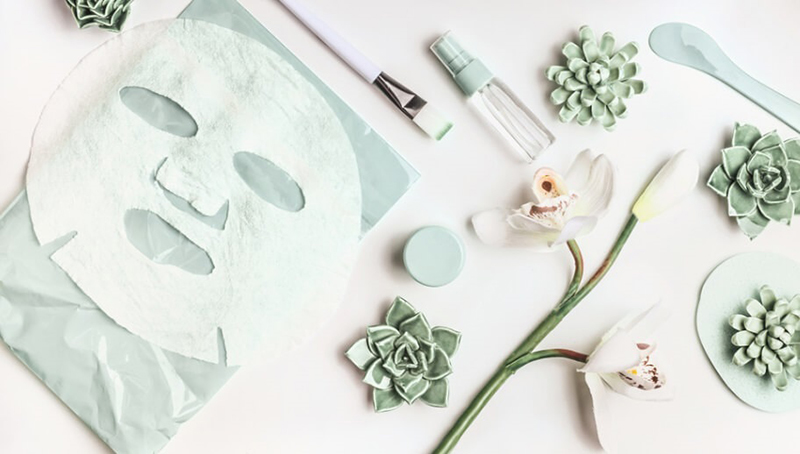5 Things to Know When Using Sheet Masks
Sheet masks are gaining popularity among busy individuals for their convenience and time-saving benefits in skincare routines. Join OnGreen Beauty to discover some essential information about these convenient masks to achieve desired skincare results!
What Are Sheet Masks?
Sheet masks are saturated with a concentrated nutrient solution, known as a serum. These masks are crafted from various materials such as paper, fibers, or gels.
To use, simply apply the sheet mask onto your face and allow the serum to deeply penetrate the skin. Sheet masks are typically single-use and individually packaged, offering quick and convenient application.
Advantages of Sheet Masks
Compared to homemade masks, sheet masks offer several advantages:
Ingredients: The serum in sheet masks contains abundant vitamins and minerals, preventing dryness commonly associated with mask patches.
Effectiveness: Sheet masks facilitate rapid skin improvement by enabling deep serum penetration. Additionally, certain sheet masks can brighten the skin.
Affordability: Sheet masks are more cost-effective than spa treatments.

Disadvantages of Sheet Masks
Despite their benefits, sheet masks have some drawbacks when compared to mask patches:
Do Not Exfoliate or Cleanse the Skin: Sheet masks primarily nourish the skin and lack exfoliating or cleansing properties.
Serum Evaporation: Poor-quality or expired sheet masks may experience serum evaporation before deeply penetrating the skin.
Sheet Masks for Different Skin Types
Sensitive Skin: Opt for sheet masks infused with green tea, lavender, or antioxidants to soothe redness and irritation.
Acne-Prone Skin: Choose sheet masks containing ingredients like green tea, honey, or rose to combat acne while providing soothing effects.
Combination Skin: Select sheet masks with vitamin C, collagen, or herbal extracts to address oily T-zones and dry cheeks.
Dry or Dehydrated Skin: Look for sheet masks rich in antioxidants, essential oils, and hydrating ingredients to replenish moisture and soothe dryness.
Oily Skin: Use sheet masks infused with lightweight oils such as jojoba and tea tree to balance oily skin.

How to Use Sheet Masks
Begin by gently patting the sheet mask onto the forehead and then smoothing it down the face, leaving gaps for the eyes, nose, and mouth.
Leave the mask on for 20-30 minutes before removing it. Sheet masks can be used 2-3 times per week to maintain smooth skin.
Conclusion
Sheet masks not only moisturize the skin but also promote brightness and even skin tone. However, it’s crucial to choose the right mask for your skin type to maximize its benefits.




